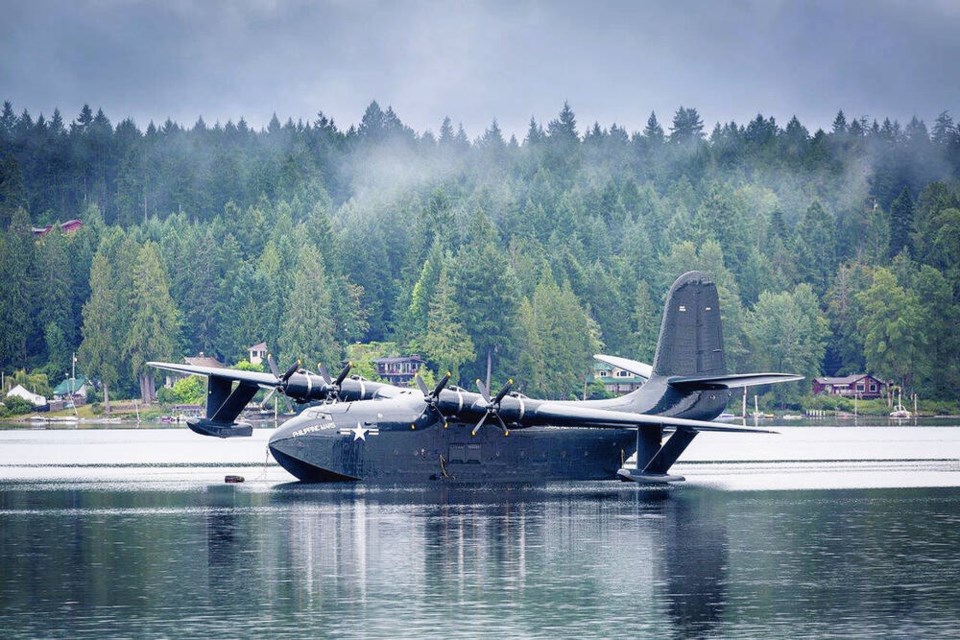Less than a month after donating a Martin Mars water bomber to the B.C. Aviation Museum, Port Alberni’s Coulson Aviation is sending the only other one in existence to a museum in the United States.
The Philippine Mars will get a new home at the Pima Air and Space Museum in Tucson, Arizona later this year.
Pima is one of the largest aerospace museums in the world, with more than 400 aircraft on display.
The blue and white Philippine Mars was retired in 2012, while the red and white Hawaii Mars had its last fire season in B.C. in 2015, when it secured a 30-day contract with the province.
“This has been an exciting month for both Martin Mars water bombers,” Wayne Coulson, CEO of Coulson Group, said in a statement on Thursday.
“As a fitting tribute to their years of service and years of hard work by many people in B.C. and the U.S., we are pleased to see both Mars aircraft landing to rest at world-class institutions in 2024.”
Coulson and the province’s tourism ministry announced on March 29 the donation of the Hawaii Mars to the B.C. Aviation Museum in Sidney.
The company is bringing pilots and other crew — some out of retirement — to get the massive aircraft into flying shape for its last flight to Sidney by this fall.
Various permits and mechanical upgrades will also be needed on both aircraft to get them ready for flights to the respective museums.
Produced between 1942 and 1947, the Mars fleet flew cargo between Hawaii and the Pacific Islands to support the U.S. Navy during the second World War.
After that conflict, the planes supported the Korean War with medical air transport lifts between Hawaii and California, later transitioning to cargo lift work between Hawaii and California before being decommissioned in 1956.
Only seven of the aircraft — with 200-foot wing spans and 120 feet in length — were ever made.
The last four, sold as scrap, were bought by a B.C. forestry consortium and later converted to water bombers.
One Mars crashed while firefighting near Nanoose Bay in 1961 with the loss of four crew. Another was critically damaged in a storm.
The remaining two Martin Mars bombers were acquired by the Coulson Group in 2007 from Timberwest and its subsidiary, Forest Industrial Flying Tankers.
The water bombers could carry 7,200 gallons per drop.
“We are pleased to have the Philippine Mars join our museum where we will preserve this World War II-era aircraft for decades to come,” said Scott Marchand, CEO of the Pima Air and Space Museum.
dkloster@timescolonist.com


